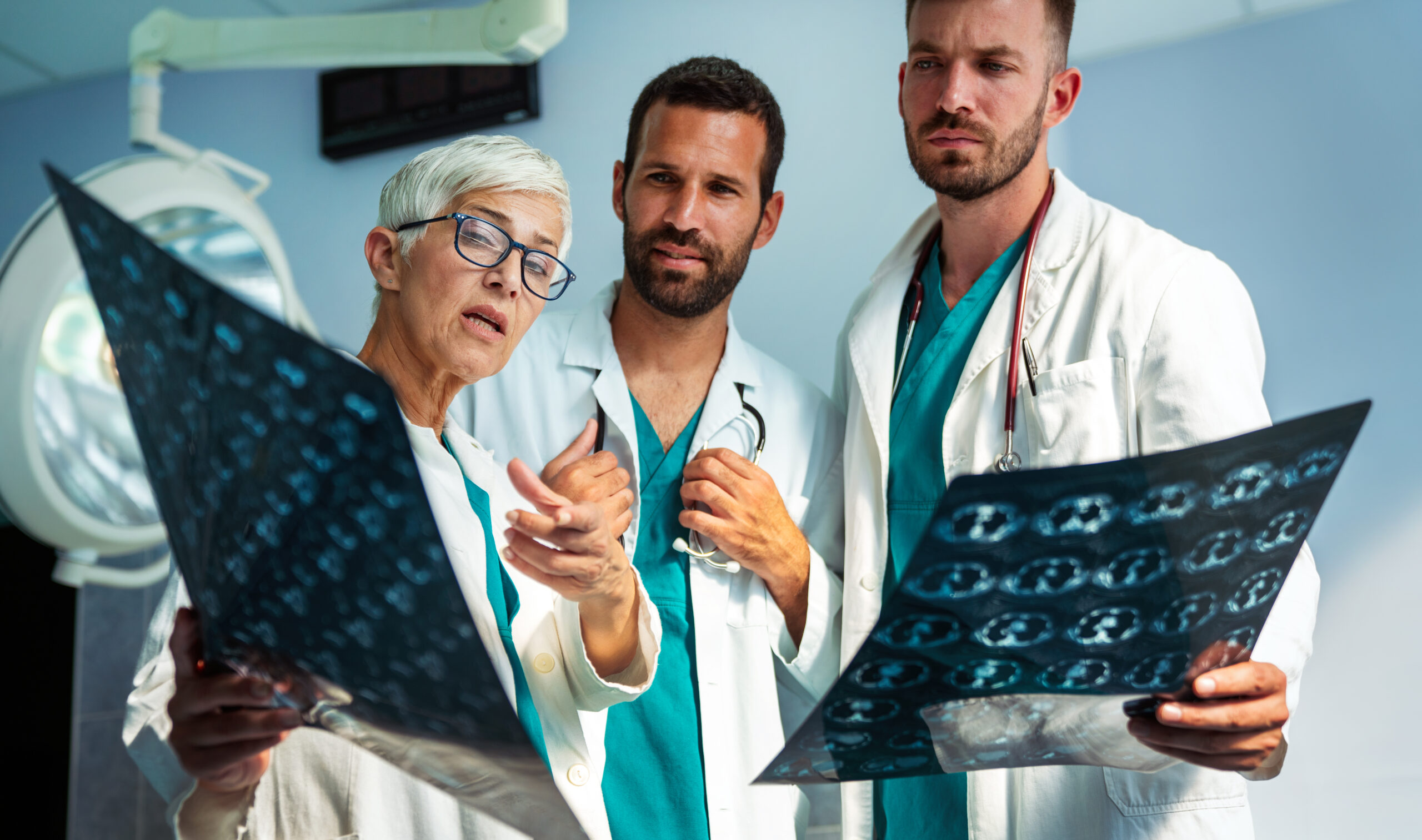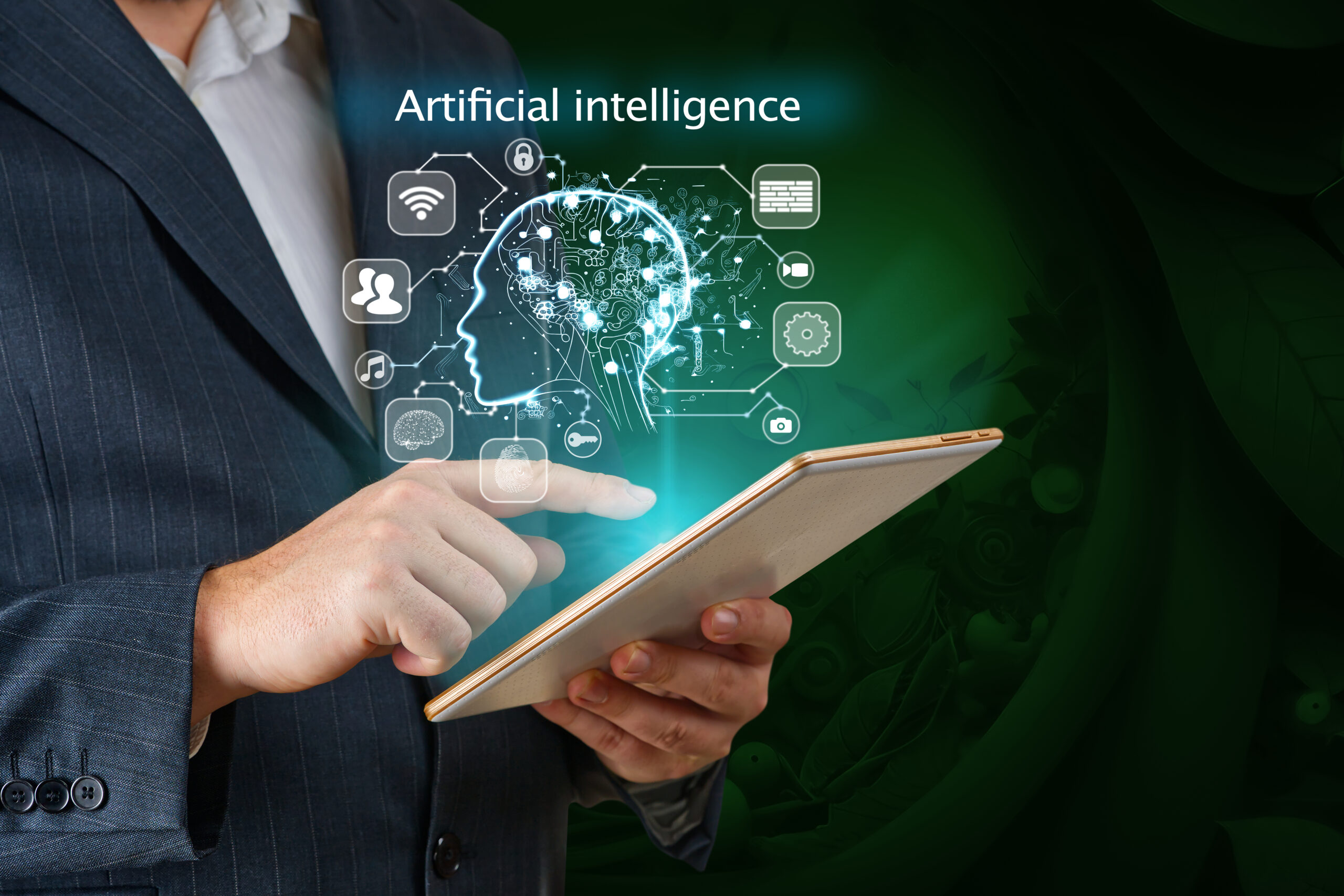Artificial intelligence for radiology
ALIA SANTé

Artificial intelligence and radiology are now complementary
Indeed, the emergence of artificial intelligence has led to the development of new types of radiological consultation.
Artificial intelligence and radiology are now complementary. Indeed, the emergence of artificial intelligence has led to the development of new types of radiological consultations.
Reading time: 4 minutes
Artificial intelligence, a tool for radiology.
Equipping radiologists with new modules.
These modules feature a wide range of tools. Here is a non-exhaustive list of the parameters that can be integrated:
- Annotation support (classification, segmentation, detection)
- Data processing and structuring
- Automatic generation of medical reports
- Detection of the most common anomalies (hernia, vertebral compression, spinal stenosis, spondylolithesis, etc.)
- Automatic measurement of parameters
Thanks to image synthesis, a global view can be obtained. Segmentation enables visual control of the output. And thanks to reconstruction and denoising, the patient has a shorter exposure time to the waves.
Upstream investment in the technologies of the future.
France decided to position itself very early on in the innovation of artificial intelligence in radiology. To this end, it was decided to transmit radiological “BigData” to the industry. The latter, by developing competent artificial intelligence, introduce it into the hospitals that have provided the necessary data.
Requirements for smooth operation
Today, tools are being put in place to evaluate the skills of radiologists and artificial intelligence. Artificial intelligence is a very powerful tool, and their collaboration is very conclusive.
Artificial intelligence is a medical decision support tool, not a diagnostic tool.

The relationship between programmer and radiologist
Working with radiologists, is to enable artificial intelligence to become a more reliable tool. Indeed, to guarantee an ideal medical imaging analysis tool, dialogue between data scientists and healthcare specialists is necessary. In this way, each of the two professions will be able to provide the other with different but equally important angles. First and foremost, we need to work towards better patient care. Radiologists are demanding transparency when it comes to medical artificial intelligence. Indeed, radiologists need to understand how the ia they use work.
The black box concept is unthinkable in the medical field.
The radiologist’s position in the face of a new type of alliance
At the very mention of artificial intelligence in radiology, people’s minds went into a panic. Indeed, some radiologists thought their role would be annihilated. Of course, this was a misperception. In fact, particularly in France, radiologists are highly efficient. Radiologists produce 120 million procedures a year, achieving impressive results despite sometimes inadequate resources.
Today, this idea has changed. Artificial intelligence is making its appearance in the institutions, freeing up time and restoring a place for relationships with patients.
Improve relations between patients and radiologists.
What stands out with the emergence of artificial intelligence in radiology is the evolution of the relationship with the patient. Whereas frustration may have arisen from a lack of contact with the specialist, the acceleration of processes is changing this. Now, the healthcare professional can devote more time to the patient and develop the social bond between them.
When it comes to machine-generated results, it’s important to have an exchange with someone who can confirm and explain. In fact, the machine makes it possible to foster relationships, reducing the time it takes to propose a diagnosis.
The patient and artificial intelligence.
A revaluation of the personal aspect.
Moreover, the absence of contact, communication and feelings is the main problem for patients. Indeed, what a patient is looking for is support, transparency and trust.
Medical imaging analysis tools are still in their infancy in radiology. However, artificial intelligence is already bringing major practical, physical and emotional benefits.

